Is Sailor Moon a feminist icon?
When one thinks of the “magical girl” trope in anime and manga, one of the most memorable and iconic characters that comes to mind is Usagi Tsukino, better known as “Sailor Moon”. While she is no doubt a landmark in anime and manga for a female audience, can she be be considered “feminist”? For this discussion, while there are other female characters, I will mainly be focusing on the titular character.
Before I begin my analysis, let’s analyze what “feminist” means. According to the Merriam-Webster dictionary, two main definitions are given:
- The theory of the political, social, and economic equality of the sexes.
- Organized activity on behalf of women’s rights and interests.
Given these two definitions, for the purposes of this discussion, feminism will be defined as activity that promotes female empowerment and equality.
Now let us begin with the main protagonist, Usagi Tsukino. I will be using a combination of the original manga, the 1990’s anime, and Sailor Moon Crystal for this analysis.
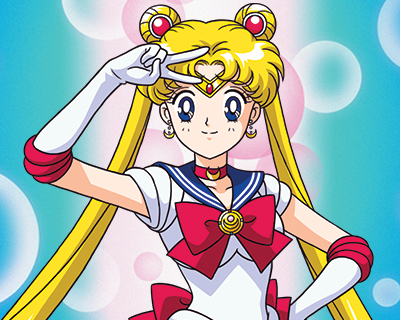
When we are introduced to her, she states that she is a 14 year old student at Juban Public Middle School. One of the first things we learn about her is that she is a self-proclaimed klutz and crybaby. Very early on, we see that she has, indeed, not reached full maturity. We first get a real feel for her character when we see her panicking as she sleeps through her alarm and is late for class, much to the chagrin of her mother.
Along the way to school, she runs into a cat with bandages on her forehead. Usagi kindly removes the bandages, revealing a crescent moon symbol. This cat is later revealed to be Luna, a confidante and mentor to Usagi and the late Princess Serenity of the Moon Kingdom. Luna reveals that Usagi has special abilities that have been awakened, and that it is her destiny to locate the other Sailor Guardians and find the missing princess (who turns out to be, in fact, Usagi as a reincarnated Serenity).
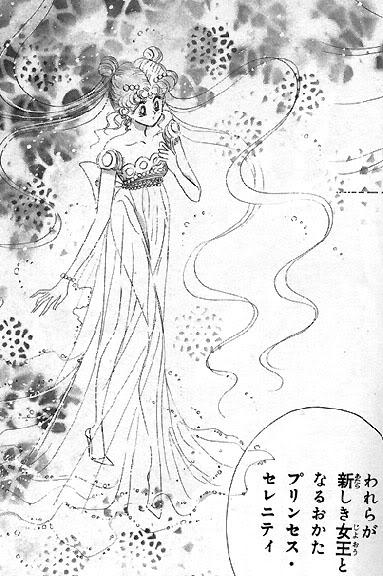
Throughout the course of the first story arc of the series (known canonically as the “Black Moon” arc), it is slowly revealed that Princess Serenity was the crown princess of the Moon Kingdom, a now dead civilization that lays in ruins on the moon. The downfall of the Moon Kingdom was, at least partially, attributed to Serenity getting into a forbidden relationship with Prince Endymion of Earth. Serenity, Endymion, and the other Sailor Guardians were reincarnated as citizens of modern day Tokyo, whilst Luna and her partner, Artemis, are tasked with finding them in their current forms.
In the first edition of all three main incarnations of the story (manga, anime, and Crystal), when Usagi first transforms into Sailor Moon, she is not at all prepared for the responsibility that comes with such powers. She cowers before the monster unleashed by the Dark Kingdom in her effort to rescue her schoolmate, Naru. With some prodding from Luna and the mysterious Tuxedo Mask (the reincarnated Prince Endymion), she is eventually able to defeat the monster. While she was eventually able to defeat the monster and rescue her friend, arguably, she was motivated to do so by others, and not by her own agency. She expresses throughout the first installment that, while she loves the costume and powers that come with her new title, she finds facing monsters scary (as any 14 year old girl would).
However, by the second issue, we see her taking charge much more. While she is still very much a teenage girl, she has accepted the responsibility that comes with her alter ego. This is evident when she raids the Crystal Seminar classroom to rescue Ami Mizuno (who turns out to be Sailor Mercury). She states that she will not allow a girl’s passion for learning to be exploited. This is the first time we ever really see her defending women’s interests. Usagi passionately encourages and defends Ami’s love of learning, and takes the time to share both her interests (the Sailor V game at the arcade) as well as get to know Ami (offering to study with her). She cares about the dreams and wishes of her friends, evidenced here, and is thrilled to find an ally in Sailor Mercury.
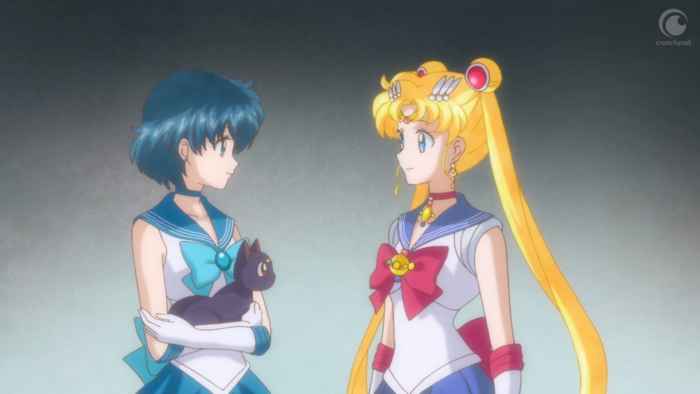
Luna proclaims Ami as the chief strategist of the Sailor Guardians, but Usagi is still objectively the leader. This time, she didn’t need a man to save her (Tuxedo Mask is not seen in this battle at all). While she still had Luna to guide her, there was much more balance between the two. Usagi still needs help, but she’s not completely helpless this time. Luna is taking less of a parental/governess role and now acting as more of a mentor.
Fast forward to when we are introduced to Sailor Mars and Sailor Jupiter, and Usagi is vocally fighting for the underdogs. Rei Hino (Sailor Mars) and Makoto Kino (Sailor Jupiter) are shown being bullied and shunned: Rei for her psychic abilities and Makoto for her tough, tomboyish exterior, respectfully. Usagi isn’t having it, and she defends them. She sees that these two outcasts are special, and deserve friendship and love just like everyone else. Just because they don’t fit the typical mold of a teenage girl in this universe doesn’t mean that they don’t have worth. She gets to know them both, and as Mars and Jupiter join the team, it’s evident that both Usagi and Luna know that they play valuable roles.
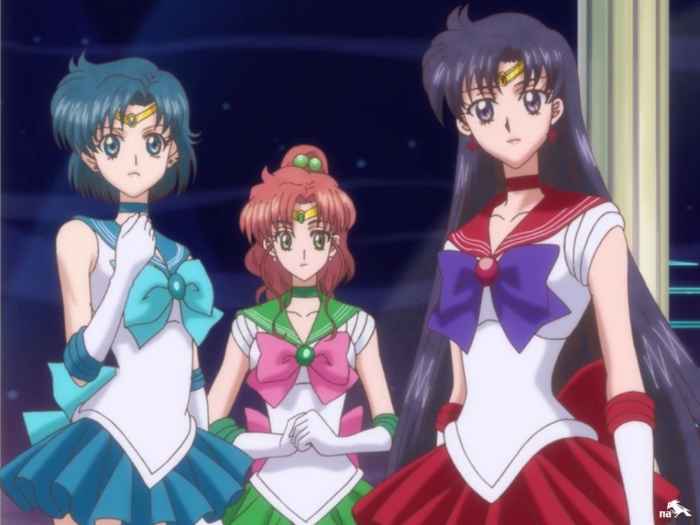
By the time we are introduced to Sailor Venus, Usagi is star struck as she has finally encountered the mysterious Sailor V, who she has strived throughout her crimefighting career to emulate. Usagi initially believes that Sailor Venus is the missing Princess Serenity. At this point, she is taking command to fight for her princess. When it is revealed that Usagi was Serenity all along, Usagi embraces her identity as the Princess of the Moon Kingdom, fighting for those she loves, as well as the entire universe against the Dark Kingdom. Even when her true love, Endymion, is possessed by Queen Beryl and the Legendary Silver Crystal is stolen, she doesn’t give up fighting, finding strength from finding people to fight for. Her fight is far greater than herself, and she understands that. She bravely faces the looming specter of an old enemy so that Earth may have a future.
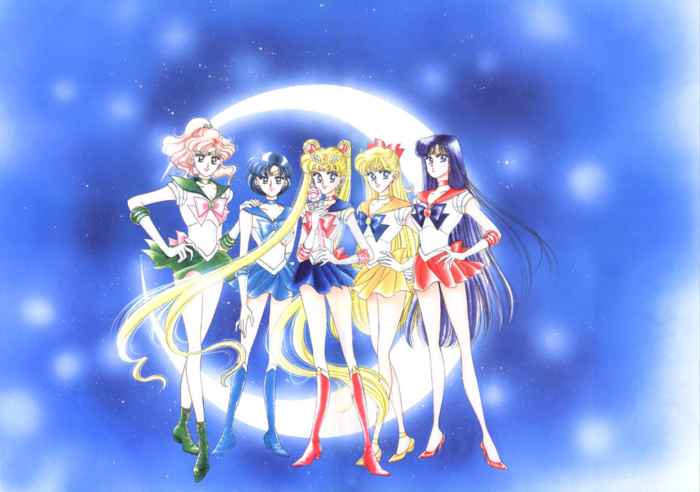
In the second arc (known canonically as the “Black Moon Arc”), we are introduced to Chibiusa, who also is called Usagi, and comes from the future. From the very beginning, there is a lot of conflict between the girl and Usagi, chiefly over Tuxedo Mask/Mamoru Chiba. She literally confronts Usagi at gunpoint, demanding the Legendary Silver Crystal. While Usagi is (reasonably) scared, she instead swallows her fear and asks where the girl came from. She could have run away like she would have earlier, but she has grown too much at this point, and genuinely wants to help the girl.
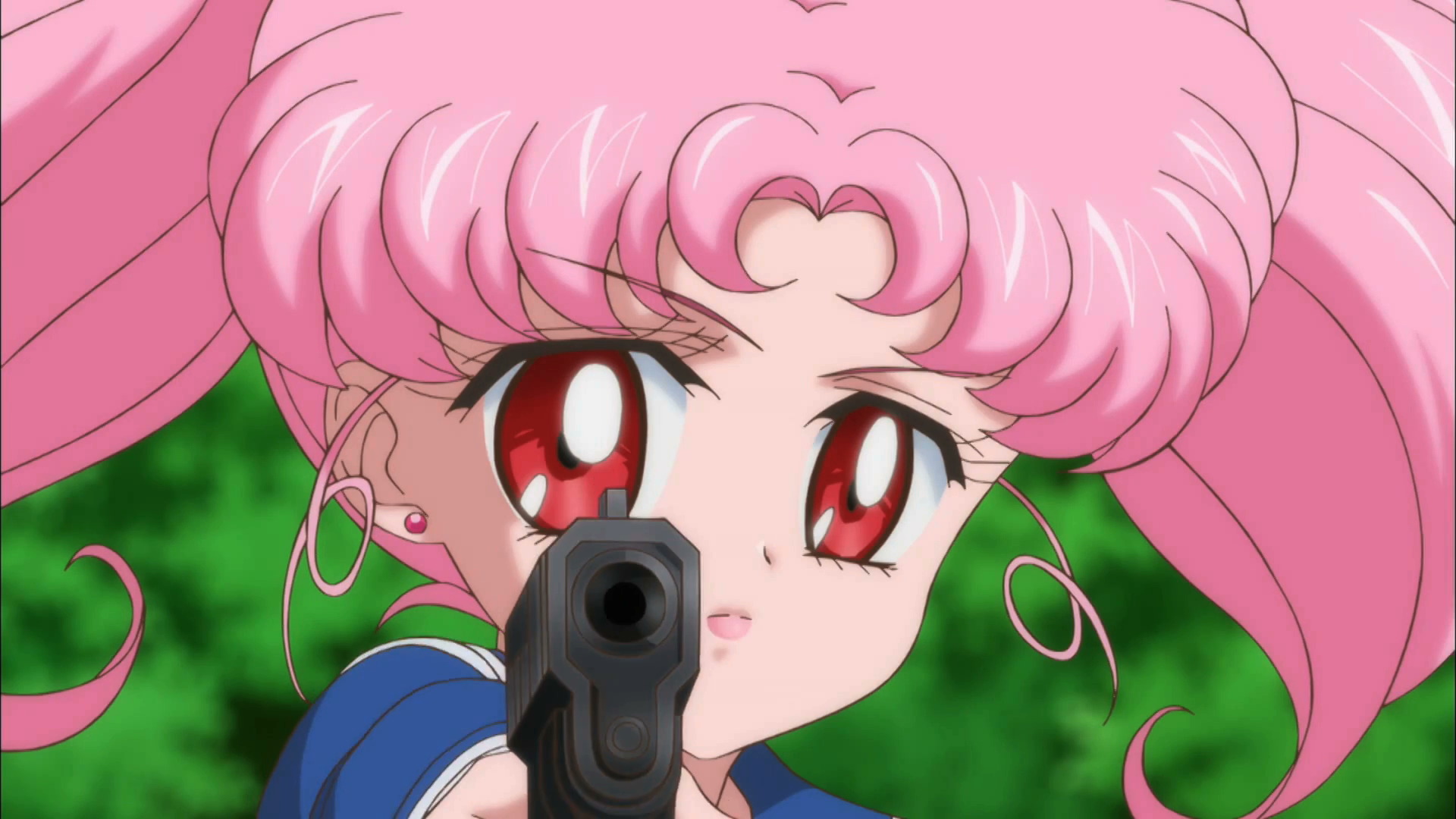
In later story arcs, we see her evolving and growing not only as a Sailor Guardian, but as a person. When we are first introduced to Usagi, she is, as she states herself, immature and clumsy. Like any teenage girl, she doesn’t have a clear idea of who she is or what she wants in life. Particularly in first story arc, she is frequently rescued by Tuxedo Mask, so one could argue that Sailor Moon isn’t a hero, but a damsel in distress.
However, by the fifth and final story arc, Sailor Moon takes charge, and faces off against Sailor Galaxia. By this point in the series, she does not depend on others to rescue her, and instead leads the Sailor Guardians in keeping the universe safe. She leads the others by helping them hone and perfect their respective abilities. In other words, she empowers them.
One does not need to necessarily “rescue themselves” in order to be a feminist icon, and that’s what makes Usagi so relatable, especially to women and girls. She may be a magical girl and a princess, but she is first and foremost just an ordinary girl coming into womanhood and going through all the challenges that come with it. She navigates (at times, clumsily) through friendships, school, and relationships. She goes through things that every girl goes through at some point in their lives.
By not only experiencing the trials of growing up, but overcoming them, she empowers girls to find their true potential, and that they don’t necessarily have to be perfect in order to matter. Everyone has their strengths and weaknesses, and it’s what we do with those that determine how successful in life we will be. Sailor Moon really drives home the message that female empowerment matters and is, I believe, indeed a feminist icon.
What do you think? Leave a comment.




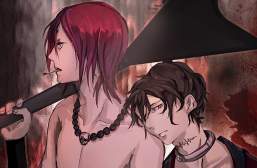
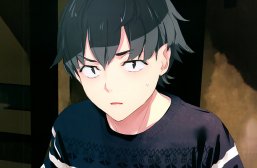

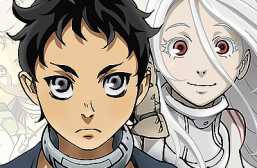
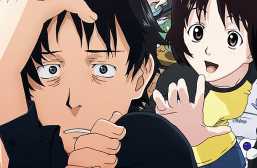
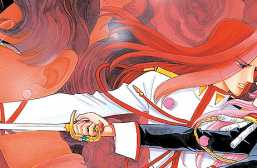

I remember recording Sailor Moon every morning right before I headed off to the bus for school. I remember being happy knowing I had an episode of Sailor Moon to watch as soon as I came home. I was sad when right before the epic battle started the series stopped and started all over again from the beginning due to TV programming (which I still don’t know why).
My love of anime continues today (drawing, watching, and attending anime conventions) and Sailor Moon was my first anime obsession.
People who diss the series are simply afraid of femininity.
Good read. One of my favourite feminist aspects of Sailor Moon, in a way that is actually more feminist than A GREAT DEAL OF FEMINISM is, is how, rather than falling prey to Trinity Syndrome or Strong Female Character Syndrome, or even being the sort of Greg Rucka type of genuinely strong female character, the strength of the scouts comes FROM their femininity and girliness!
This. All too often we think that the feminine is weak, useless, artificial, impractical, frivolous, insincere, more-gendery and more constructed, and disempowered, or powerless.
Even feminism has had a long history of falling prey to these assumptions… thou MUST have short hair, thou shalt not wear pink, thou shalt wear practical shoes and button-down shirts… writing off feminine women as simply being “duped” by the patriarchy (going hand-in-hand with the way patriarchy reacts to feminine men, gay or bi men, and trans women / trans-feminine people… all cooperating in the belief that no one would ever actually WANT to be feminine or women or women-like, that OBVIOUSLY maleness and masculinity is the powerful and desirable thing, so therefore someone gravitating towards femininity and/or womanhood MUST be tricked, or deceived, or hate themselves, or trendy, or mentally ill, or delusional, or pathological, or just trying to get attention, or just trying to get laid, or pushed into it, or don’t really know WHAT they want, etc. etc. etc.)… and there’s this perception that feminine gender expression as INHERENTLY disempowered, a weakness that can’t be radical, and can’t be elective.
Women’s power does not have to be the same, or look the same, as men’s power. Empowerment and radical self-determination, opposition to imposed gender roles, does not have to only occur in the form of asserting a masulinity. And masculinities and masculine presentations are NOT stronger, NOT more practical, not more natural, and not more “normal” or “agender” than femininities.
I absolutely love how the scouts are as feminine and girly as they could possibly be, but also diverse, and three-dimensional, and strong… and that strength doesn’t exist in spite of their femininity, or their being girls, it extends from it.
One thing I love about SM was that no matter how short the girls skirts were there was never once a panty shot. They were never seen as sexual objects. Even when as an adult we realize Usagi and Mamoru had a sexual relationship it was never something to look down on Usagi for or to ogle at–her relationship with Mamoru was always a source of strength.
I watching SM for the first time and there are SO many panty shots of Sailor Mars. I haven’t seen any yet of Moon or Mercury though
One of the great things about Sailor Moon is that all there girls are so different to each other to the point that almost any young girl watching this show could relate to at least one of the sailor soldiers, this is including Saturn, Pluto, Uranus and Neptune as well. The show presented girls with diverse personality, who where clearly flawed or insecure in some way but who still surmounted to any and every challenge thrown at time while depending on their friendship. Like some other commenters have mentioned I think it’s beautiful that the show depicted badass heroes without making them reject their femininity. Like you can be badass or feminine all at the same time, or you can be like Makoto and be a tomboy, badass and have moments of femininity. All the main girls where fully developed and we truly got a sense of their growth. If this show as a whole doesn’t get points for female empowered that would only be because of negatives tropes associated with the Maho genre.
I never really liked Sailor Moon, but now I know I must give it a shot. I guess I’ve never really seen it from this angle before.
The new series is tightly controlled by the author herself and that is a good thing.
Nice article that helped me remember why I dug Sailor Moon so much as a kid, but covered some very important points I wish more writers would take to heart.
This series really hit home for me in my teens. I came home from school and would turn on the TV just in time to catch it when it was on Toonami (during the ‘power hour’ where they had Sailor Moon, DBZ, Thundercats and Silverhawks). The animation, the story, everything about it caught my attention from day one, and there were moments that made me sob like a little girl (Nephrite’s death!). While I have seen both the Japanese and English versions, I can’t decide which one is better because both have their pros and cons (I’m an optimist so I can forgive the cons), but the English version stayed with me because that was the one I first saw, and those little life lessons at the end (Sailor Moon says) were cute and inventive…something shows need sorely nowadays.
I think it’s something that every girl should watch as they are growing up, but I’ve never been able to articulate it quite that very well.
Sailor Moon is awesome and will appeal to all of your queer feminist feelings!
I loved anime shows as a kid, like the rest of the 90’s kids, but I was obsessed with Sailor Moon, and would be mesmerized by their outfit/power transformations. Looking back I remember my favourite characters were Sailor Neptune and Uranus! I wanted to be them so badly, I thought they were so badass! I’m not really into anime today, but Sailor Moon will always stay special to me.
Is it wrong for me to want to base my future relationship off lessons I learned from kiddie anime?
Sailor Moon! I remember throwing fits when I was six when we’d drive my dad to work in the early morning if we weren’t home by 7 a.m. so I could watch Sailor Moon. I still have the dolls and my old VHS tapes. The show always made me feel like being a girl was the most awesome thing ever. Is it wrong for me to want to base my future relationship off lessons I learned from kiddie anime?
Sailor Moon & the Spice Girls were why I was a wee feminist. I still have my sailor moon tokyopop mangas on my bookshelf and I refuse to get rid of them.
Be still my feminist heart!
I am 32 years old right now, and I still have the original manga…heck, even some of the SuperS series and all three of the movies on VHS…in addition to other merchandise I’ve acquired over the years (too many items to name), but I always felt that Sailor Moon is another way for people to bond together regardless of their differences: There’s Mercury – the bookworm, Venus – the wanna-be star, Jupiter – the tomboy with a bit of a feminine side, and of course Sailor Moon herself, the klutzy crybaby who loves video games and junk food, but with a heart of pure gold.
Sure they have their moments where the group argues, but in the end they are all friends and comrades battling the forces of darkness and risking everything to save the world and those they love. On top of that, we still get those lessons in life snuck in, so we can relate to each character.
A great discussion and on a topic that without an understanding could be easily dismissed. I will admit that I have only seen a smattering of these over the years, but I understand the appeal and am more interested now in exploring these further.
Growing up, I was obsessed with Sailor Moon. And now, the voice of English Sailor Moon is in my grad program! We’re really good friends and all my childhood fantasies have come true!
I rediscovered the franchise! It consumed me, again. BUT, now that I’m an adult, I can balance out my love for it much better than I did as a kid. Sailor Moon is that happy bright spot of optimism I want, and maybe need, to feel okay and push myself to keep going. To remember life isn’t all doom and gloom and have some hope and something silly. And at any age, that’s important.
Thank you so much for articulating everything I’ve wanted to express to others about the series for so many years.
Everything about this article was absolutely on point. I am yet to watch the new Sailor Moon series.
I didn’t watch tv growing up so I’m left out of the whole 90s kid tv thing and I never really thought anime was my thing…Until I saw how easily you can read feminist ideologies or queer relationships into them.
As whole genre anime is really interesting into how it deals with queer relationships even if it’s not in the best way.
Thank you for this article. There are two larger points I want to make that would make your analysis stronger. First, rather than asking if Sailor Moon as a character is a feminist icon, it would be more productive to ask something like “How do the Sailor Moon texts demonstrate feminist messages/ideas?” or “In what way do these texts challenge the ubiquitous power structure of patriarchy?” Sailor Moon is a fictional character, so one should always be hesitant to impose our real-world ideologies onto fictional bodies. Second, this article does not take into account the fact that Sailor Moon is a Japanese creation. Western understandings of feminism/femininity/patriarchy may not (and often don’t) align with Eastern conceptions. This is not to say that you cannot approach a Japanese text in this way, but that it would be worthwhile to first address this issue.
Thank you so much for diving into this issue. Because Sailor Moon can be ditzy and clumsy I worry for the respect she gets in pop culture. So that is a lovely surprise to know that other people related. In today’s culture there is a lot of pressure on a woman to wake up and realize she is WOMAN, but Sailor Moon takes it slow and shows us the growth it takes.
I think i always tended to settle in a happy medium between shounen and shoujo series, but sailor moon and similar shows are especially dear to my heart for how inherently feminist they are.
What a creative article! Thank you for sharing. I love when people apply academic frameworks, theology, and high concepts to pop culture.
I remember seeing commercials for Sailor Moon. Now that I have read this article, I am highly interested in seeing it. I love how Sailor Moon may indeed represent a lot of women who are looking to grow personally.
While I think there are A LOT of strong and positive feminist themes throughout the serious, there is one episode that has always stuck with me that even though I must have seen it 10+ years ago. It is still one of the first things I think about when I see anything Sailor Moon related. As a kid I adored Usagi and wanted to be just like her. However, I still think about that episode where she is desperately trying to lose weight and I understand the episode may have been trying to promote healthy eating habits and exercise, but as most female anime characters… she is stick thin. After I watched that episode I felt like I had become much more self conscious of my body because I didn’t look like an anime character. Silly I know, but hey kids are kids and I know I was pretty easily influenced, especially about my appearance.
I feel like this is a great start to the discussions of feminism and equality within pop culture and anime, I use to adore Sailor Moon and wanted to be just like her and this article made me realise how empowering some aspects of the show were but I do agree with previous notions about how all the characters are all way thin and thats just not realistic these days for society and how we should teach young children to love their bodies no matter what.
Love this series. Sailor Moon isn’t nearly given enough credit for how much it pushed models of equality, sexual fluidity, and powerful female roles.
She’s not a feminist… Feminism means a politician movement, she’s also not lesbian & not stupid.